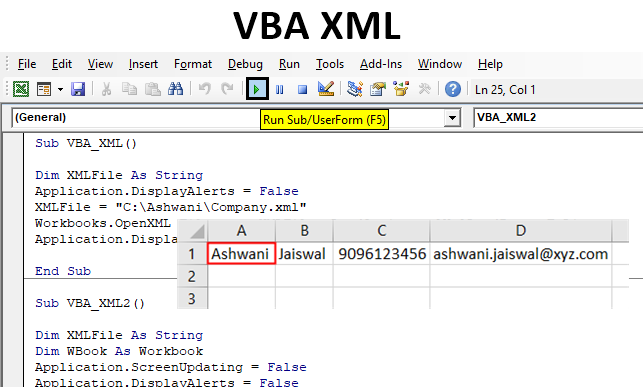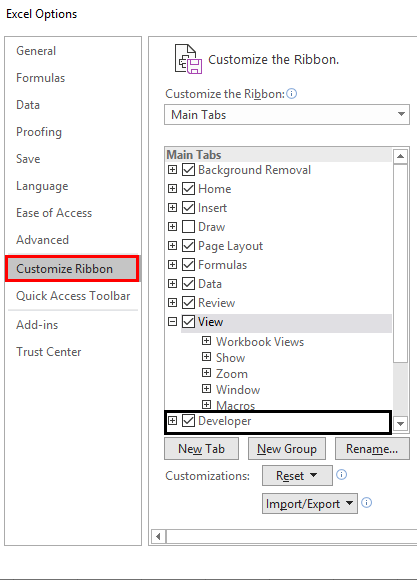


Range("A1").End(xlToRight).AddressLocal(False, False)) Range("A1").End(xlToRight).AddressLocal(False, False)).Replace "/student/", "" Range("H1").EntireColumn.Cut Destination:=.Range("E1").EntireColumn Range("K1").EntireColumn.Cut Destination:=.Range("D1").EntireColumn Range("F1").EntireColumn.Cut Destination:=.Range("C1").EntireColumn Range("M1").EntireColumn.Cut Destination:=.Range("B1").EntireColumn Range("I1").EntireColumn.Cut Destination:=.Range("A1").EntireColumn Now, go edit the bookorder.xml file directly with Notepad. Note that Excel brings the XML back into the spreadsheet. Browse to the file you exported to previously (bookorder.xml) and click the Import button. With (Connection:="FINDER C:\default.xml", Destination:=Range("A1")) From the XML menu of the Data menu, choose Import.Hope that points you in the right direction and fully answers your question. CLick "Stop" (the square button on the macro recorder)Ĭhange your property configurations to suit. Click "Overwrite existing cells with new data, clear unused cells" radio buttonġ1. Uncheck "Save Query Definition" checkboxĨ. Select "New Worksheet" on the "Import Data" formħ. Navigate to your xml file and click "Open"ĥ. Select "XML Files(*.xml)" in the "Files of Type" drop-downĤ. Data -> Import External Data -> Import Dataģ.
#Excel import xml code
That code was obtained by recording a new macro:ġ.

These are based on Excel 2007 but if you are using a different version just let us know and we will post up a guide for you as well!ġ. After you import the XML data, you can remap the XML element to the cells containing the formulas, so that you can export the results of the formulas to the XML data file.
#Excel import xml how to
That’s great but we get quite a few customers asking how to go about importing these files into Excel so we’ve put together a few guides to help you out. ProWorkflow lets you export contacts, quotes, invoices and most reports in both CSV and XML format.


 0 kommentar(er)
0 kommentar(er)
